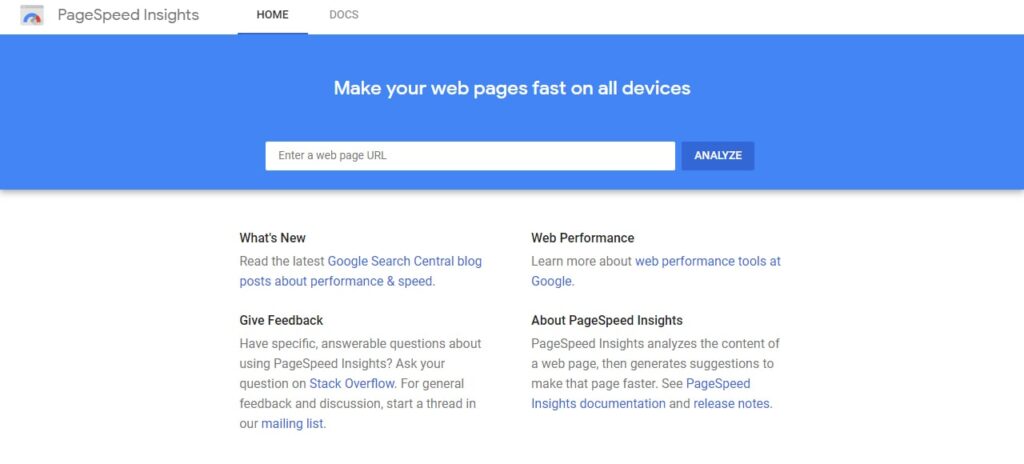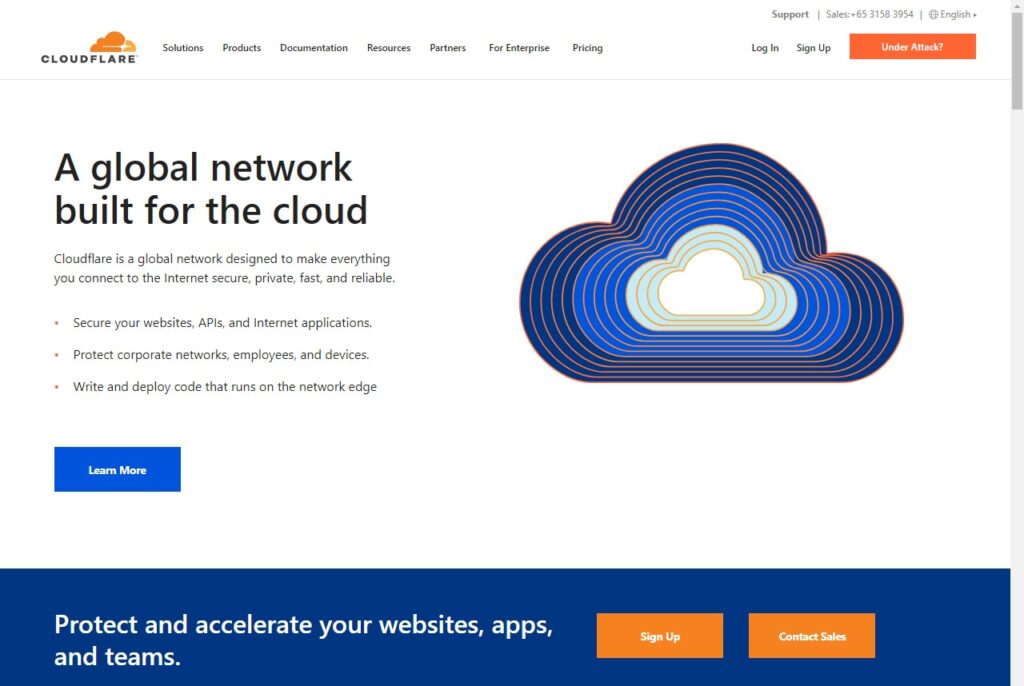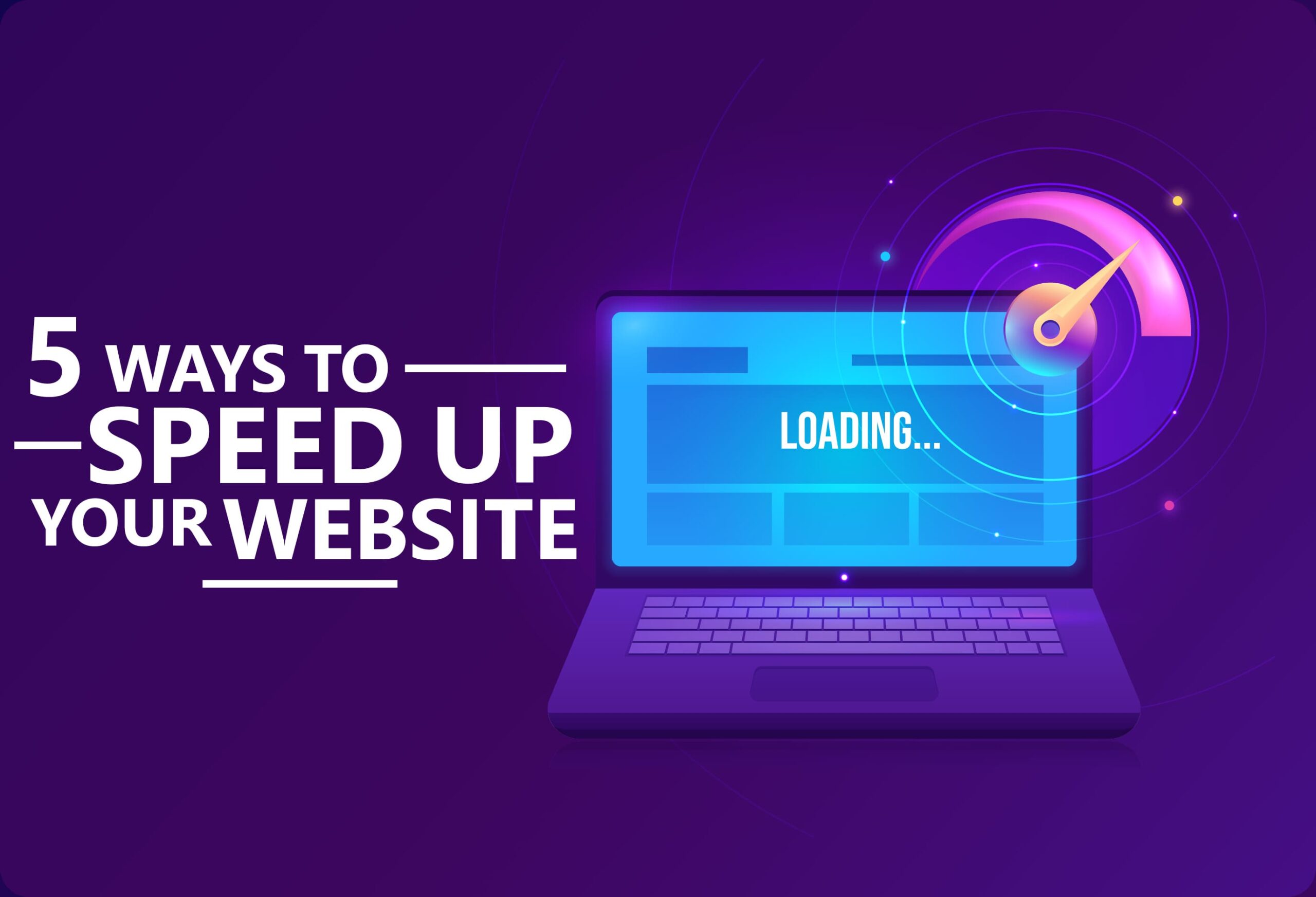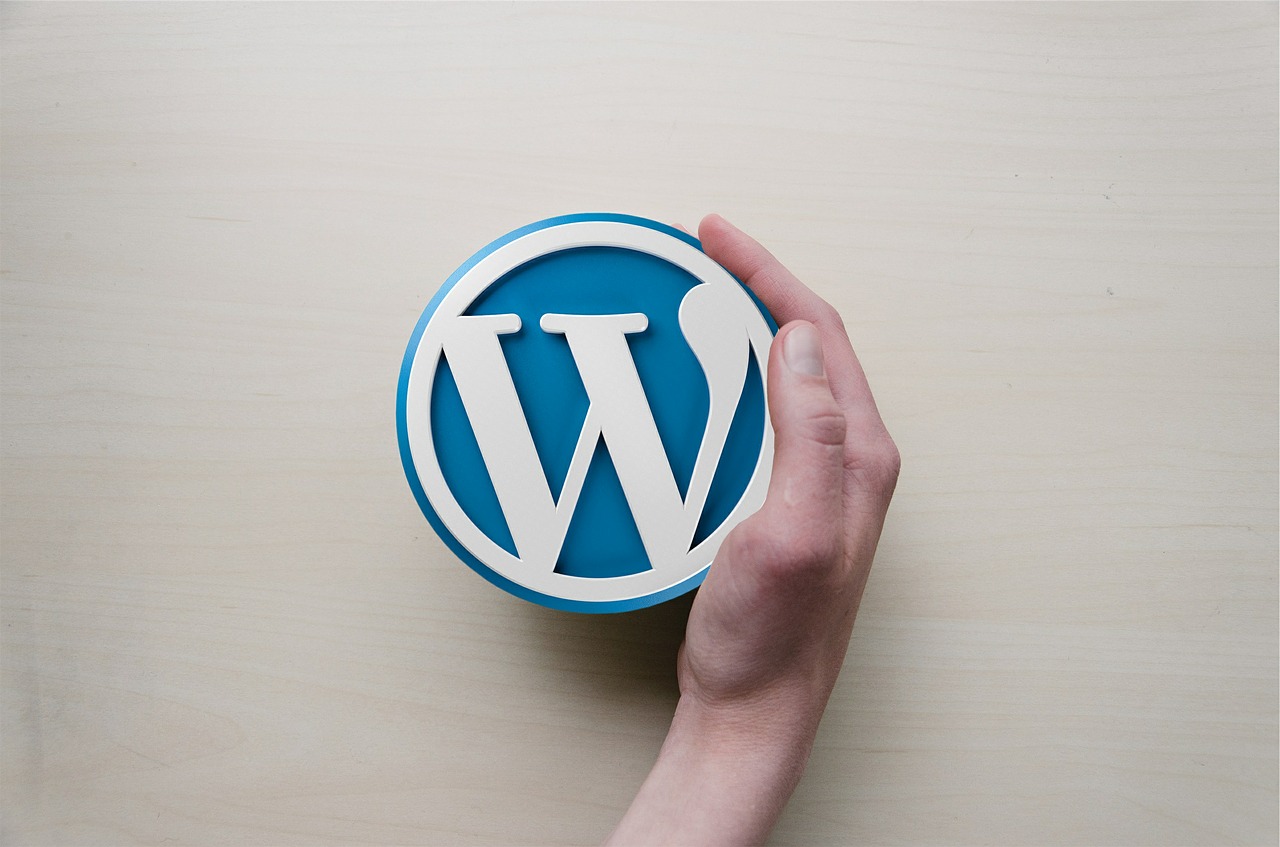Nowadays website speed is a crucial element when it comes to user experience and SEO ranking factors.
If your website is slow to load, most of your website visitors will bounce and never come back costing you a valuable unique visitor.
Also, on the other hand, your rankings on search engines will drop drastically as well, this is because search engines want only the best websites with great user experience to rank on the first page.
But worry no more, today we will be looking at how you can make your website load faster and avoid all these issues caused by it.
If you are a web developer you can follow these steps and do it yourself and if you are just the website owner, you can discuss and request your web design company to do it for you.
1. Google Page Speed Insights Audit.

First things first, in order for us to improve our website’s speed, we need to know what causes it to load slowly internally. You can get a full website performance audit by Google’s very own tool called “Google Page Speed Insights”.
This is a 100% free tool that anyone with a website can use to get a full audit on their website’s speed. All you have to do is enter the page URL you want to audit and click “Analyze” and Google page speed insight will generate all speed metrics and all the issues that your webpage has that cause it to slow down along with recommendations to fix them.
But the two most important things you should focus on here are the “First Contentful Paint (FCP)” and the “DOM Content Loaded (DCL)”. If your website is diagnosed with loading issues of First Contentful Paint (FCP) and DOM Content Loaded (DCL), then you must immediately fix them as they cause a big load time on your webpage.
After you are done optimizing these two elements to load faster, then we can move on to the next step.
2. Changing Hosting Server of your website.

The hosting server that your website is hosted on plays a major part in your website’s speed. This can be influenced by two main factors:
1. Amount of bandwidth offered.
Bandwidth is the amount of data that can be transferred or downloaded from a website. Issues with bandwidth usually come for large websites with a high number of monthly visitors such as 800,000 to 1 million unique users. If your bandwidth is low, then your website will break when a large amount of traffic comes in.
Therefore, if you are operating a website with a large number of visitors, we would suggest you move to an unlimited bandwidth subscription with your hosting provider or simply just switch hosting service providers.
2. Type of storage devices.
The type of storage devices refers to the type of hard drives used to store your website content. Is it HDD or SSD?
We would prefer SSD as it is the fastest. Most hosting companies are now changing their storage devices to SSD and therefore it is not a big concern, but if your hosting service still used HDD, you either must request them for an SSD upgrade or switch hosting companies.
When it comes to hosting, our main advice to you is to obtain service from a big reputable hosting provider such as Hostgator, Godaddy, etc. Yes, they are a little pricy, but their servers are faster secure than others.
3. Adding a CDN to your website.

CDN stands for “Content Management System”. As the name implies it is a virtual server where your content is stored in servers all over the world and when a user visits your website, this CND will load the website from the server that is closest to that user to make the website load faster.
This is a really effective method to increase your website load time if you get international visitors to your website or if your website is hosted on an overseas server.
This will reduce the stress put on your actual server and will run smoothly on higher website usage such as when a lot of users are logged in to the website at the same time.
As for a trusted CDN network, we would recommend Cloudflare. We have been using it for ourselves as well as our clients and it is simply one of the best CDNs out there.
4. Remove unused Java Scripts and CSS
When we develop a website, we always use java Scripts and CSS to make the website more attractive and to make certain functions work. But these same java scripts and CSS files cause our websites to load slower as in order for a website to load, the java scripts and CSS has to be loaded first.
Therefore, if there are any unused or unnecessary java scripts or CSS in your code, it will make the website load slower as in order for the website to be loaded, those unused blocks of codes must also be loaded. Hence, this is a total waste of server bandwidth.
In order to fix this, you can just remove these java scripts and CSS files from your code. We would recommend you backing up your website first as you can always restore it back if you delete something important by accident and your website breaks.
5. Reduce image file sizes

Do you compress your images when you upload them to the website? If the answer is “yes”, then congratulation you can skip this method. If your answer is “no”, then you should compress your images.
Images are one of the most weighted elements on a website, you might have noticed that some websites load their images as we scroll down where we have to stop scrolling and hold on for some time until the image is fully loaded. This is due to uncompressed images.
We know that re-compressing your images can be a pain, but what if we told you that you can compress all your images in bulk for free and within minutes? Sounds great right? The name of the tool is “compressjpeg”, it is an online tool that allows you to compress all your images in bulk.
We are sure that you will love this tool as we do.
Conclusion
Well, there you go, five ultra-effective ways to speed up your website. We hope that you will implement each of the above strategies and make your website as fast as possible.






